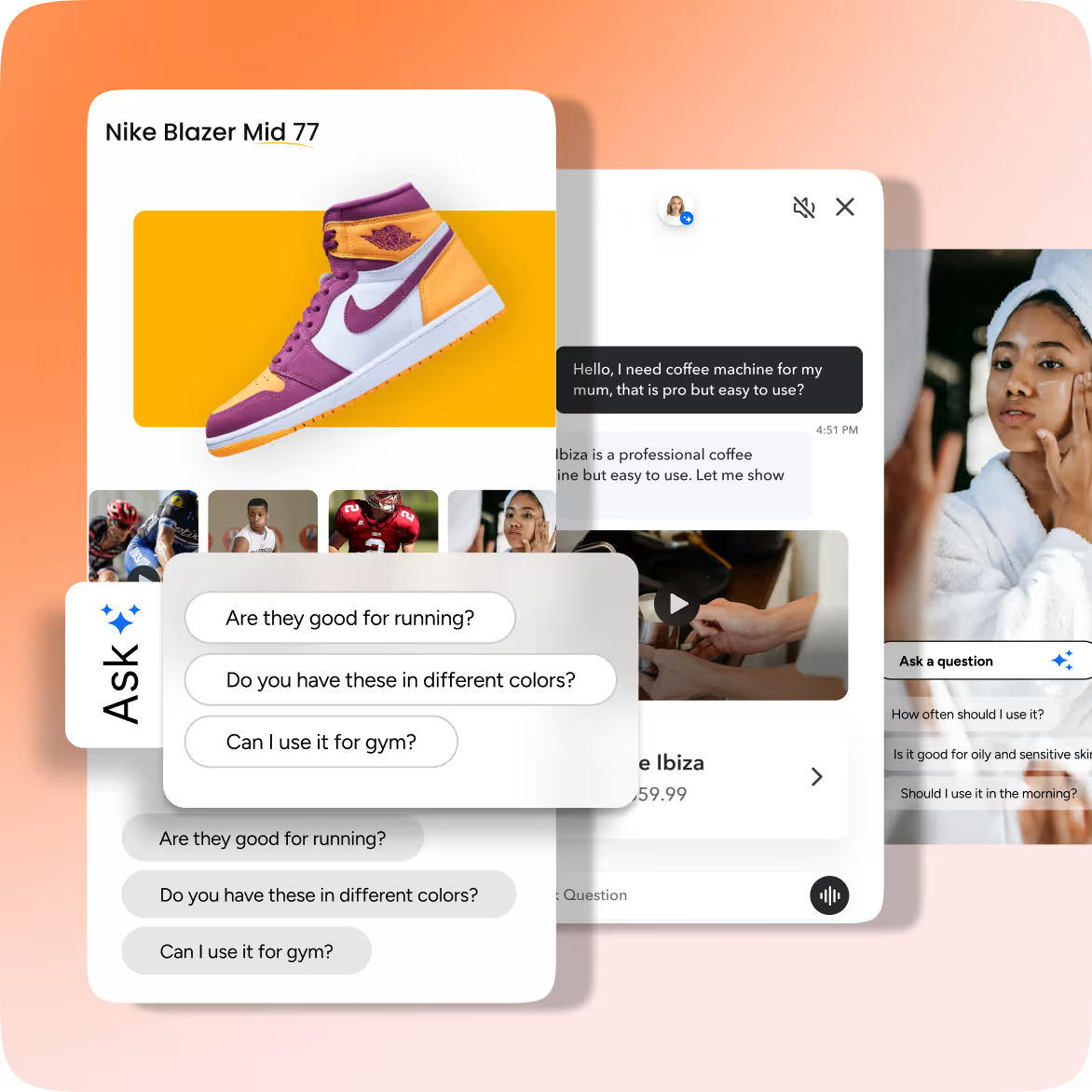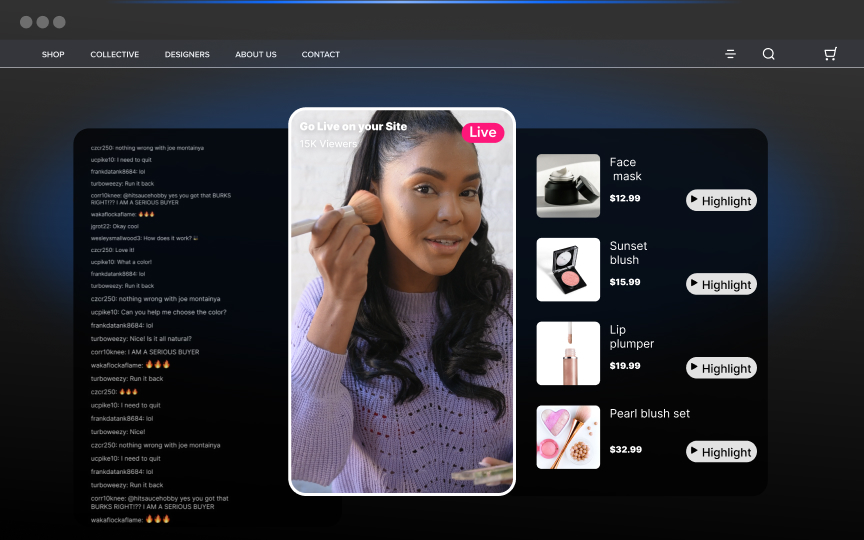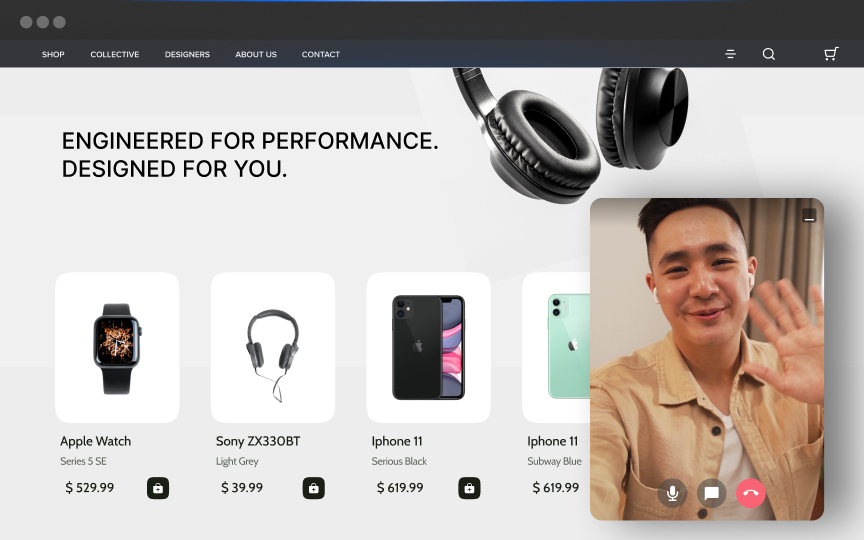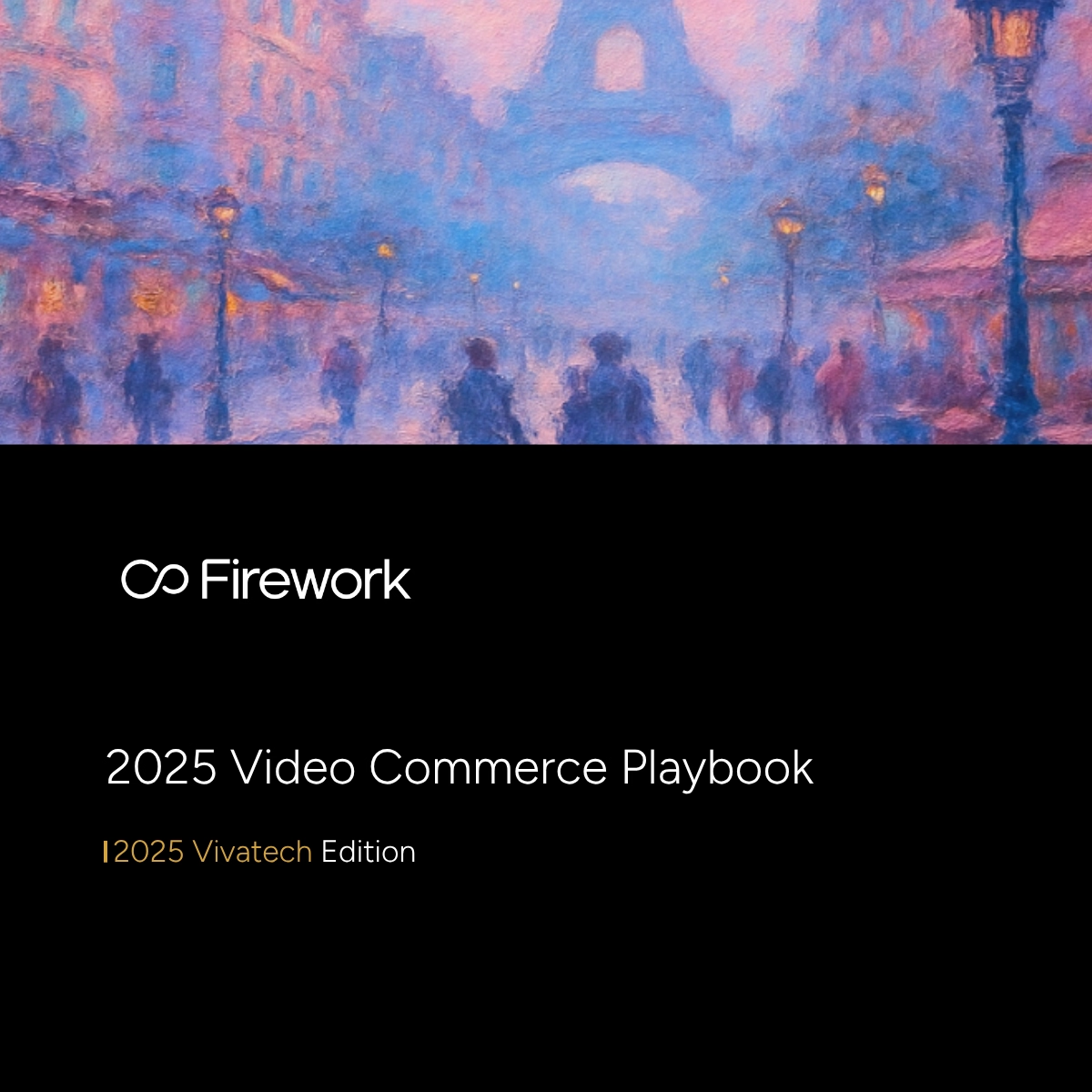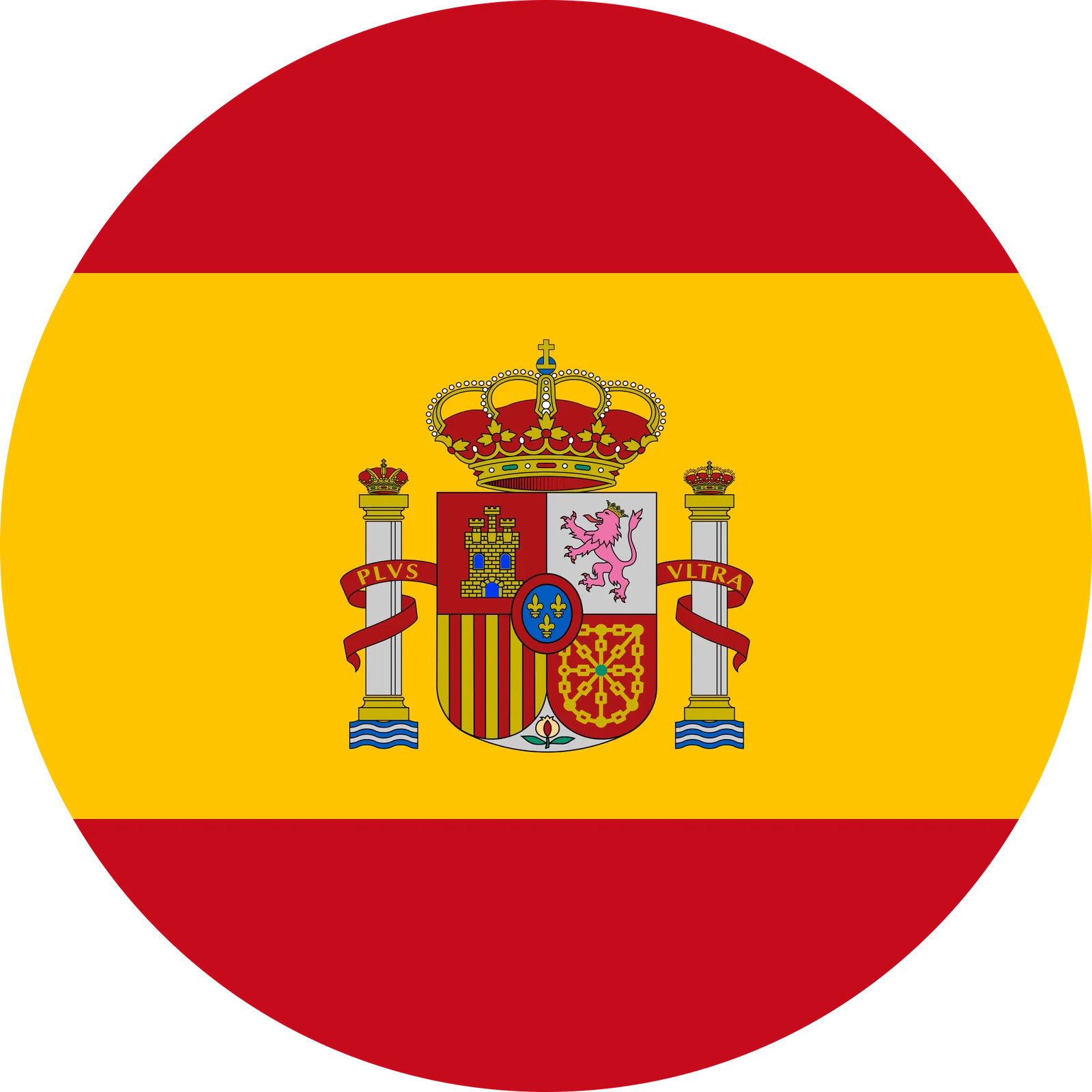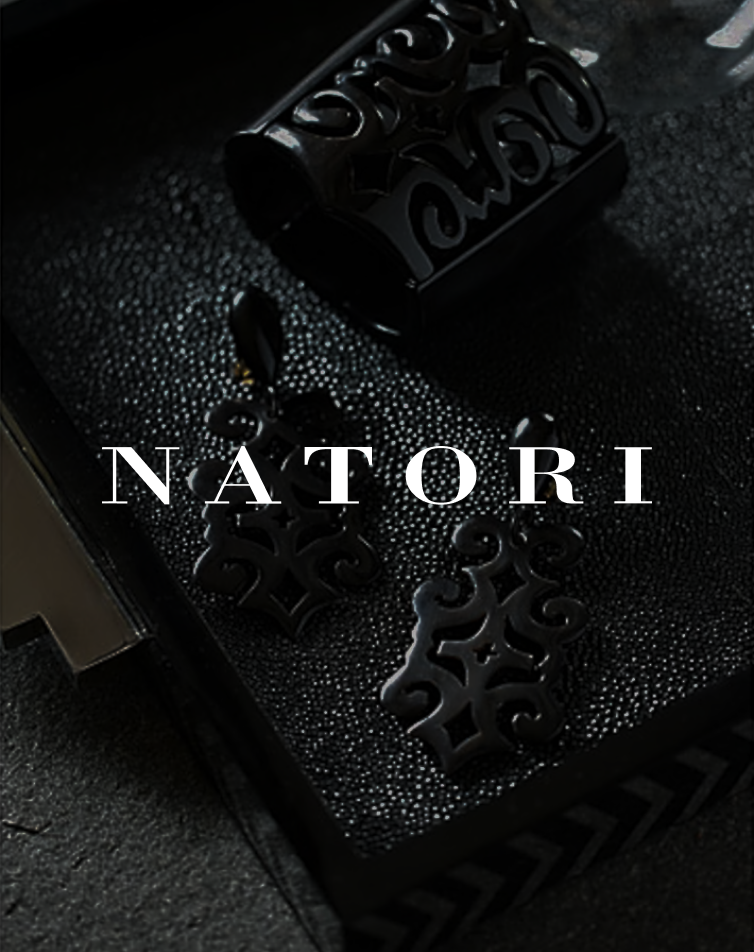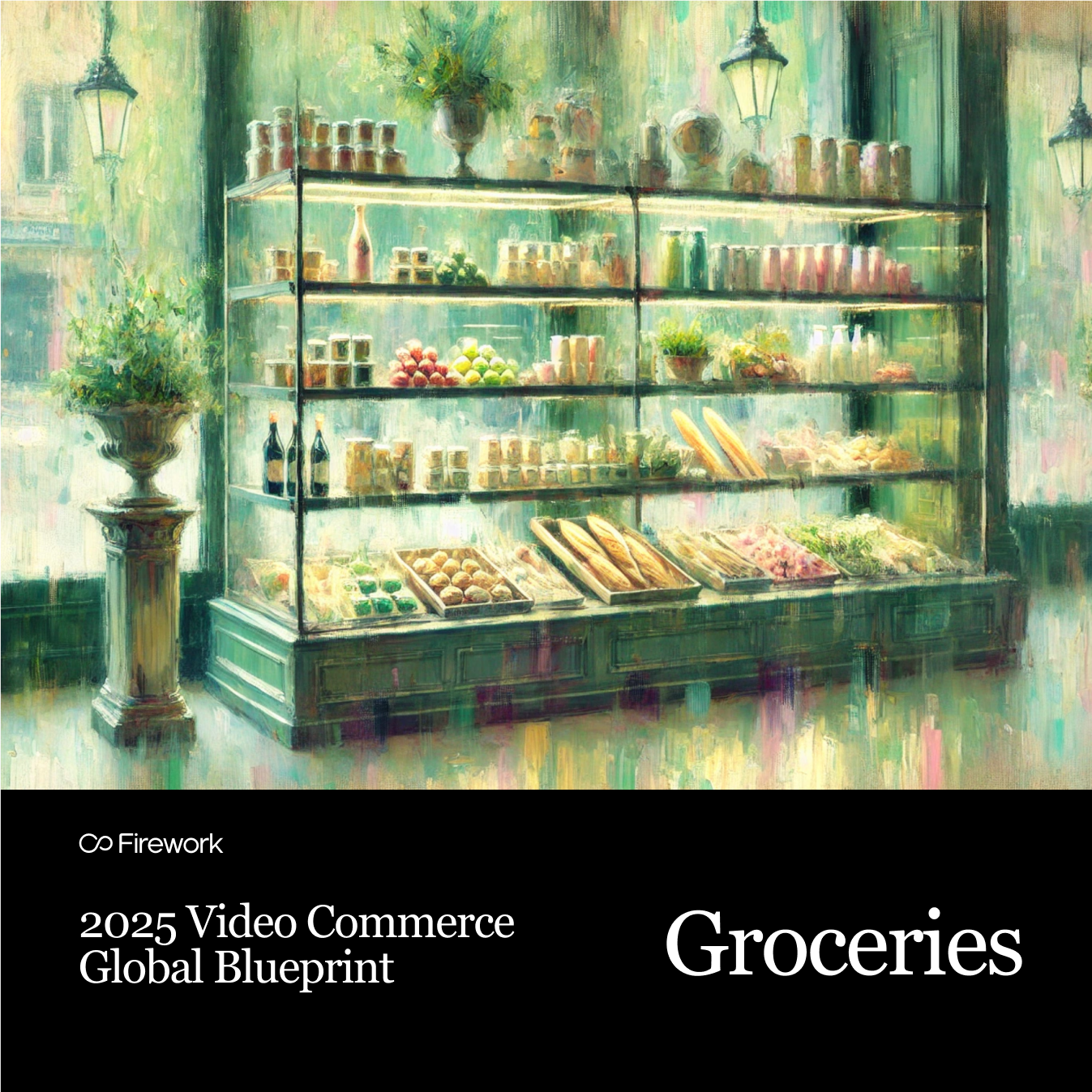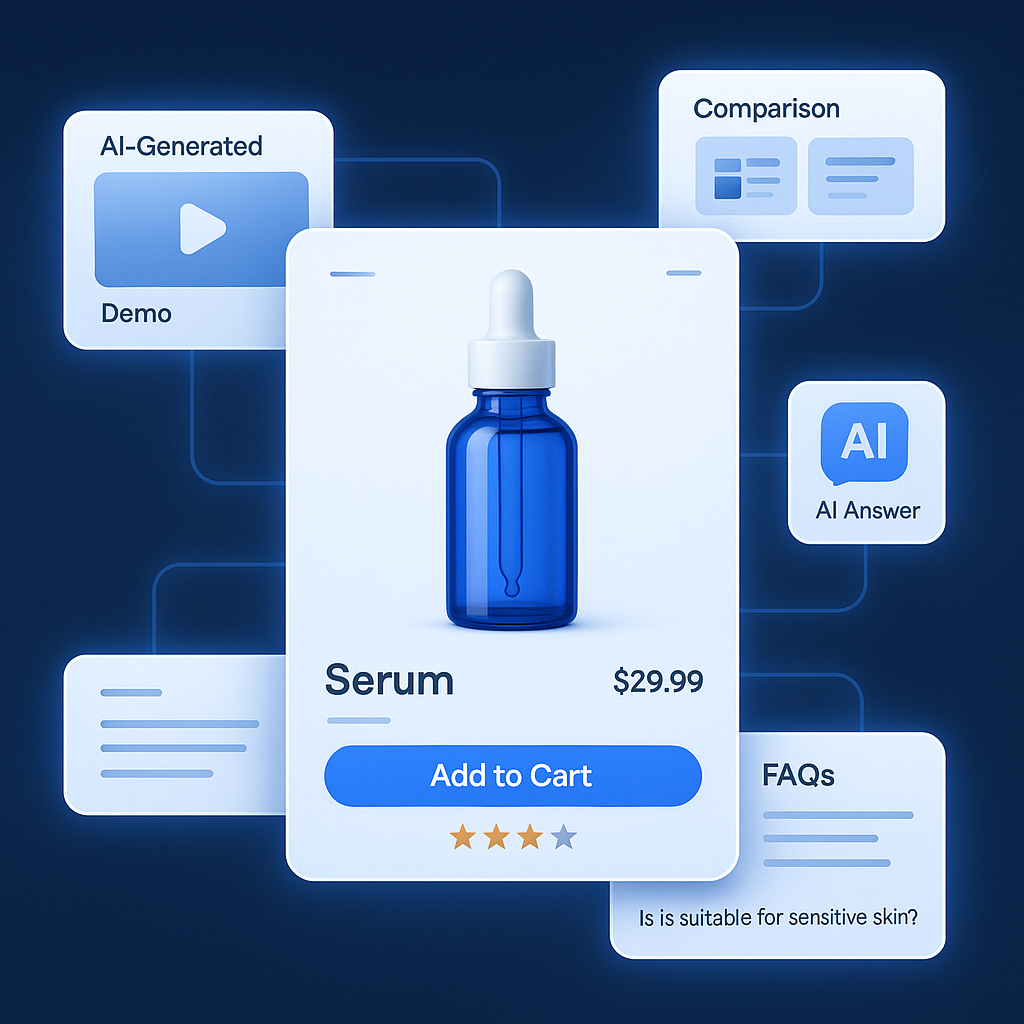Easter is a major retail event, with consumer spending projected to hit $24 billion, driven by both tradition and evolving shopping trends. Shoppers aged 35 to 44 lead the charge, spreading purchases across discount stores, department stores, online platforms, and specialty shops.
Retailers are embracing creative tactics like “Easter Egg Marketing”, where hidden surprises or coupons boost engagement and sales. Leveraging these Easter marketing statistics allows brands to connect with consumers, enhance engagement, and maximize revenue during the holiday season.
Easter Marketing Statistics: How Big Is the Market?
Easter is a major event in the retail world.
1. Spending for 2023 was at $24 billion, up from $20.8 billion in 2022 and surpassing the $21.7 billion record set in 2020, based on data from the National Retail Federation.
2. Food takes the top spot with an estimated $7.3 billion, while candy is close behind at $3.3 billion.
3. Gifts come in at $3.8 billion, and clothing sits at $4 billion. Flowers, decorations, and greeting cards also claim a slice of the spending, hovering between $1.1 billion and $1.8 billion.
4. Many households see Easter as a prime reason to splurge, hitting an all-time high of $192.01 per person.
5. About 63% say tradition drives their purchases, and 29% point to promotions.
6. Even those not celebrating Easter jump in for the deals, spending an average of $23.41 on candy and food. These Easter marketing statistics underscore how Easter blends cultural celebration and major retail opportunity, with businesses eyeing new ways to appeal to shoppers eager for springtime festivities.
Top-Selling Easter Product Categories
When Easter approaches, certain product categories see big jumps in sales. Understanding these categories along with Easter marketing statistics helps decode spending habits and opens up fresh marketing possibilities.
Candy & Chocolate
7. Sweets are the undisputed stars, with an anticipated $3.3 billion in sales. Chocolate bunnies, marshmallow chicks, and candy eggs remain perennial favorites.
Food & Groceries
8. Holiday meals are a big part of Easter tradition, fueling $7.3 billion in spending. Families gather around ham, fresh produce, and sweet treats—all part of a springtime feast that sets Easter apart.
Easter Gifts & Toys
9. Gifts and toys fetch $3.8 billion, often in the form of candy-filled baskets for kids or thoughtful tokens for adults. Curated bundles of plush toys, chocolate, and novelty items speak to the spirit of giving that marks the holiday season.
Clothing & Apparel
10. As winter recedes, apparel sales jump to $4 billion, with pastel dresses and spring suits in high demand. Many families use Easter gatherings and church services as a reason to refresh their wardrobes.
Home Decor & Flowers
11. Flowers and decorations bring a splash of color to any spring celebration, accounting for $1.7 billion on décor and $1.8 billion on flowers. Door wreaths, table centerpieces, and fresh blooms capture the sense of renewal that defines Easter.
Where Do Consumers Shop for Easter?
Consumers follow many paths when stocking up for Easter. Grocery stores remain a staple, especially for those focusing on candy and food—a natural fit given the holiday’s emphasis on celebratory meals. Big-box retailers like Walmart and Target provide a convenient, one-stop destination for items ranging from decorations to toys.
12. Online shopping continues to climb, with about 33% of consumers choosing digital platforms. The ease of browsing at home and the availability of special deals make e-commerce appealing, especially when time is tight.
13. Meanwhile, small businesses still capture the hearts of 22% of shoppers who crave unique, handcrafted items.
Who Spends the Most on Easter? (Demographic Insights)
Millennials & Gen Z
Millennials and Gen Z lead the way in Easter spending, often combining the holiday with social experiences. They’re fans of in-store displays and online discoveries alike, sharing their finds on social media, which in turn boosts sales. Their focus isn’t limited to gifts. Many value experiences like themed events and green-friendly, ethically sourced products.
14. National Retail Federation data confirms their digitally driven approach, with about 33% opting to shop online.
Parents with Kids
Parents with young children also invest heavily in Easter festivities. They’re drawn to egg hunts, family meals, and the tradition of dressing up, which explains why clothing is a significant Easter expense.
15. Data from the National Retail Federation shows shoppers aged 35 to 44—often parents—are especially inclined to buy gifts and apparel, reflecting their desire to create memorable experiences. Discount stores appeal to this group, catering to budgets that stretch across candy, toys, and holiday décor.
Regional Differences
Easter shopping habits vary by region. Southern and Midwestern states tend to observe longstanding Easter customs, driving sales of decorations and party supplies. On the East and West Coasts, shoppers lean toward trendy or exclusive items—though they still partake in classic traditions.
Climate factors also shape spending. Warmer areas see more outdoor egg hunts, while cooler climates focus on indoor family events. These nuances remind retailers to consider local culture and conditions when planning Easter strategies.
The Role of Discounts & Promotions
Seasonal promotions and discounts often spark buyer excitement.
16. The National Retail Federation also reports that around 29% of Easter shoppers are swayed by discounts, with many non-celebrants jumping in for the deals on candy and food.
Time-limited offers, such as “buy one, get one,” or themed coupons, encourage increased spending and give shoppers a sense of extra value.
Strategically spotlighting these promotions across social media, email campaigns, and in-store displays can generate both immediate buying decisions and lasting brand loyalty.
Social Media & Online Shopping Trends for Easter
Easter marketing thrives on the energy of social platforms. Festive visuals, user-generated content, and interactive campaigns can quickly gather momentum—especially when they capture the holiday’s playful spirit.
Facebook & Instagram
With gigantic user bases and a strong visual focus, Facebook and Instagram are fertile ground for Easter-themed promotions. Deliveroo’s Easter chocolate dragon eggs campaign is a prime example. By refreshing profiles with seasonal touches and launching story-based contests or giveaways, brands stay top of mind during the holiday. Sponsored posts help pinpoint target audiences and boost brand awareness.
TikTok & Pinterest
Short-form videos on TikTok can go viral fast, while Pinterest is the go-to for Easter DIY ideas, recipes, and décor inspiration. Brands that jump on trending TikTok challenges or craft Pinterest boards to showcase products and concepts often create ongoing buzz.
Google Search Trends
As Easter nears, online searches for recipe ideas, egg hunt tips, and gift inspiration spike. Tapping into these queries with relevant content boosts visibility. Targeted SEO and ad campaigns ensure that your Easter deals and guides show up in those eager searches.
Shoppable Video Growth
In-video purchasing merges storytelling with direct sales, letting viewers shop while watching. TikTok and Instagram lead the charge here, offering tags or links inside the clips. This interactive video approach reduces the steps between discovery and checkout, streamlining the path to purchase during a time affecting the Easter marketing statistics greatly.
E-Commerce & Digital Marketing Growth During Easter
E-commerce emerges stronger every Easter as more shoppers turn to the web for their holiday needs.
17. The National Retail Federation notes that about 33% of consumers buy Easter items online, pointing to a clear shift in shopping habits.
Mobile Shopping’s Prominent Role
Smartphones are often the go-to devices for making purchase decisions on the move. Retailers who optimize mobile sites and apps—offering intuitive navigation and speedy checkout—keep pace with today’s fast-moving Easter shoppers.
The Power of Email Marketing
Easter-themed email campaigns capture attention with bold visuals and timely deals. Personalized messages that cater to specific shopper segments, like candy lovers or decor enthusiasts, can push click-through rates higher. The key is to keep it simple and relevant.
Personalized Promotions Lift Engagement
Targeted discounts, recommended products, and custom landing pages help shoppers feel valued. Data analytics guide these personalization efforts, making them more accurate. As a result, tailored promotions often lead to higher conversions and repeat purchases.
Final Words
Easter marketing statistics offers practical insights for shaping your strategy. It shows when, where, and how people shop, helping you tailor promotions, choose the right channels, and time your outreach for the best results.
Stay flexible, and remember that different people celebrate Easter in different ways. A data-driven approach can widen your reach and boost conversions. Study the numbers, get creative with your tactics, and deliver the kind of Easter experience shoppers will want to return to year after year.
Put your commerce in motion. Find out how Firework can power your business forward. Request a demo today at Firework.
FAQs
How do you market Easter?
Easter marketing involves themed promotions, limited-time discounts, and engaging social media campaigns. Brands use email marketing, influencer collaborations, and shoppable videos to boost conversions. Interactive strategies like Easter egg hunts and gamified rewards also enhance engagement.
What are two statistics about Easter in the USA?
In the USA, Easter spending reached $24 billion in 2023, up from $20.8 billion in 2022. Additionally, the average consumer spends around $192.01 on Easter-related purchases, with food and candy leading the market.
What are some common ways consumers plan to celebrate Easter?
Consumers celebrate Easter through family gatherings, festive meals, egg hunts, and gift-giving. Many also decorate homes, attend religious services, and shop for seasonal apparel and treats.
What percentage of people celebrate Easter?
Around 81% of Americans celebrate Easter, with many participating in traditions like egg hunts, festive meals, and gift exchanges, regardless of religious affiliation.
What sells most during Easter?
Candy and chocolate lead Easter sales, generating around $3.3 billion annually. Food follows closely, with Easter meals contributing $7.3 billion in spending, along with apparel, gifts, and decorations.
What is an Easter egg in marketing?
An Easter egg in marketing refers to hidden surprises, messages, or special deals within a campaign, designed to engage customers, create buzz, and encourage deeper interaction with a brand.
What is the slogan for Easter shopping?
Popular Easter shopping slogans include “Hop into Savings,” “Egg-stra Special Deals,” and “Easter Treats for Every Bunny,” emphasizing festive discounts and seasonal promotions.
When should I start promoting Easter?
Easter promotions should start 4-6 weeks in advance, typically in late February or early March. Early marketing builds anticipation, allowing brands to capture early shoppers and maximize seasonal sales.
Unlock Exclusive Insights
By submitting this form, you agree to Firework's privacy policy and consent to receive personalized marketing communications. You can unsubscribe at any time.
